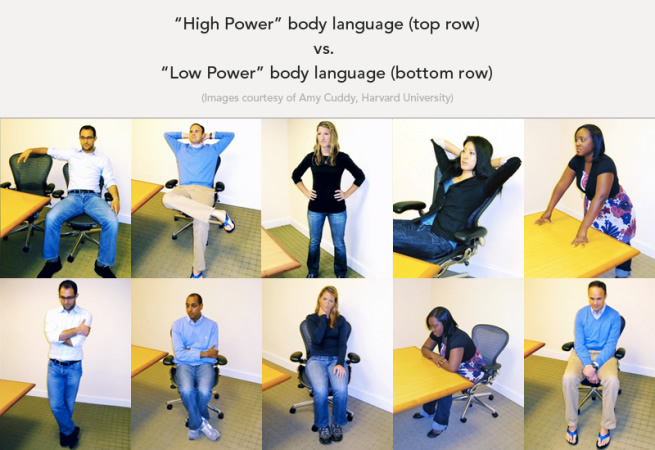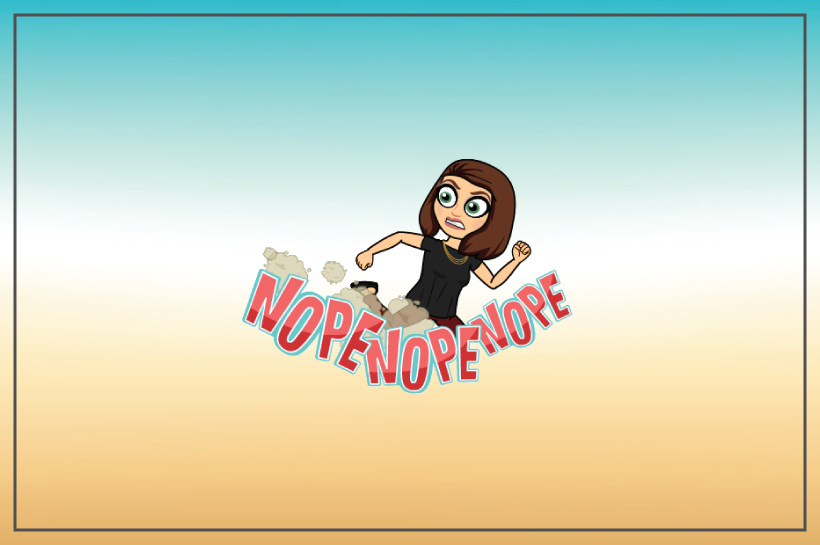How To Improve Your Service Provider’s Follow Up Emails
This one can be a real “forehead slapper.” Here’s how I helped one of my clients, a regional sales director for a major pest control company, transform his follow up emails to get more clients.
I had shown my client how to create lists of perfect potential clients using local and internet resources, and we had already gone through the process of how to be great with shifting short term clients into being long term clients. He had been promoted, been given a larger territory and bigger clients, and had record sales for the slowest months of the year in less than 6 months. BUT, now that he knows what he wants his Perfect Day to be, he’s got some fabulous BHAG’s (Big Hairy Audacious Goals) for the year, and he wasn’t getting the results he wanted from reaching out to the companies that he could help.
Here was the problem—the follow up email.
Here is his original email to follow up after having a brief first phone or in person chat with a potential client:
Original Follow Up Email
Good morning Dawn,
Thank you for taking a few minutes to chat with me. Below you’ll find a brief summary of {HIS COMPANY’S} history & my contact info.
Please keep us in mind for your pest control needs.
Thank you,
Name
Company Name
Phone Number
The Problem And The Solution
Remember how the teacher’s voice sounded in Charlie Brown cartoons? That’s how this email sounds. It’s totally forgettable, totally impersonal. Something very important to remember about followup emails is that they are like a thank you card. Every contact with a prospect is an opportunity to create relationship from one human being to another. It doesn’t matter if you’re offering a massage or carpet cleaning, make sure your personality shines through! My client has a FANTASTIC personality. He’s warm, funny, and sweet. He genuinely cares about his clients and the work he does. None of that was present in his follow up email. Here’s how we transformed his follow up email, and I highly recommend that you use this example as a template for you to use for your own follow ups.
Transformed Follow Up Email
Dear Dawn,
Great to meet you this morning and I appreciate you taking a couple of minutes to chat with me. I know that with how cold it is that pest control probably isn’t top of mind for you right now, but I like to make sure all my customers are prepared for what’s to come. After all, it’s way less stressful to prevent a problem than it is to deal with a crisis, right?
Just so you have all the information you need, check out what I’ve put together for you below, and if you have any questions please don’t hesitate to email me or give me a call on my mobile number at XXX-XXX-XXXX. If you see something buzzing or crawling, I’ll make sure it gets taken care of.
{video} Be Prepared for Pests! Warning Signs for your building, business, or facility
{PDF} Company Profile & Our Commitment to Our Clients
I’d like to stop by next week and make sure your questions are answered—when is a good time for you and what do you take in your coffee?
Thanks again and I look forward to helping your business.
Warm Regards,
Name, Title
Company Name
Phone Number
Website
Would you want to do business with you more from the first email, or the second email?
When you’re following up a potential client, be YOU. People want to know that you care, that you’re not just a number, AND that you know your stuff. This is so crucial because it’s the first opportunity you’re giving people to really interact with you as a professional and demonstrate your ability to fill a need and follow up and respond.
Now I’m going to dissect the elements of this email so that you can craft your personal followup template. Include the following elements in your follow up email:
Your Email Follow Up Template
Dear NAME,
{APPRECIATION} Great to meet you this morning and I appreciate you taking a couple of minutes to chat with me. {CONVERSATION THAT INCLUDES YOUR COMMITMENT} I know that with how cold it is that pest control probably isn’t top of mind for you right now, but I like to make sure all my customers are prepared for what’s to come. {POWERFUL QUESTION} After all, it’s way less stressful to prevent a problem than it is to deal with a crisis, right?
{CARING INVITATION} Just so you have all the information you need, check out what I’ve put together for you below, and if you have any questions please don’t hesitate to email me or give me a call on my mobile number at XXX-XXX-XXXX. If you see something buzzing or crawling, I’ll make sure it gets taken care of.
{SUPPORT MATERIALS & INFORMATION}
{video} Be Prepared for Pests! Warning Signs for your building, business, or facility
{PDF} Company Profile & Our Commitment to Our Clients
{CALL TO ACTION/WARM INVITATION} I’d like to stop by next week and make sure your questions are answered—when is a good time for you and what do you take in your coffee?
Thanks again and I look forward to helping your business.
Warm Regards,
Name, Title {POWERFUL TITLE}
Company Name
Phone Number
Website
Ready to give it a try? I challenge you to take the time this week to send follow up emails to some of the folks you’ve talked to in the past and create connection–get the conversation flowing and remember, it’s all about YOU help THEM solve a problem, not making a sale. Got questions or comments? We love your comments. 🙂











